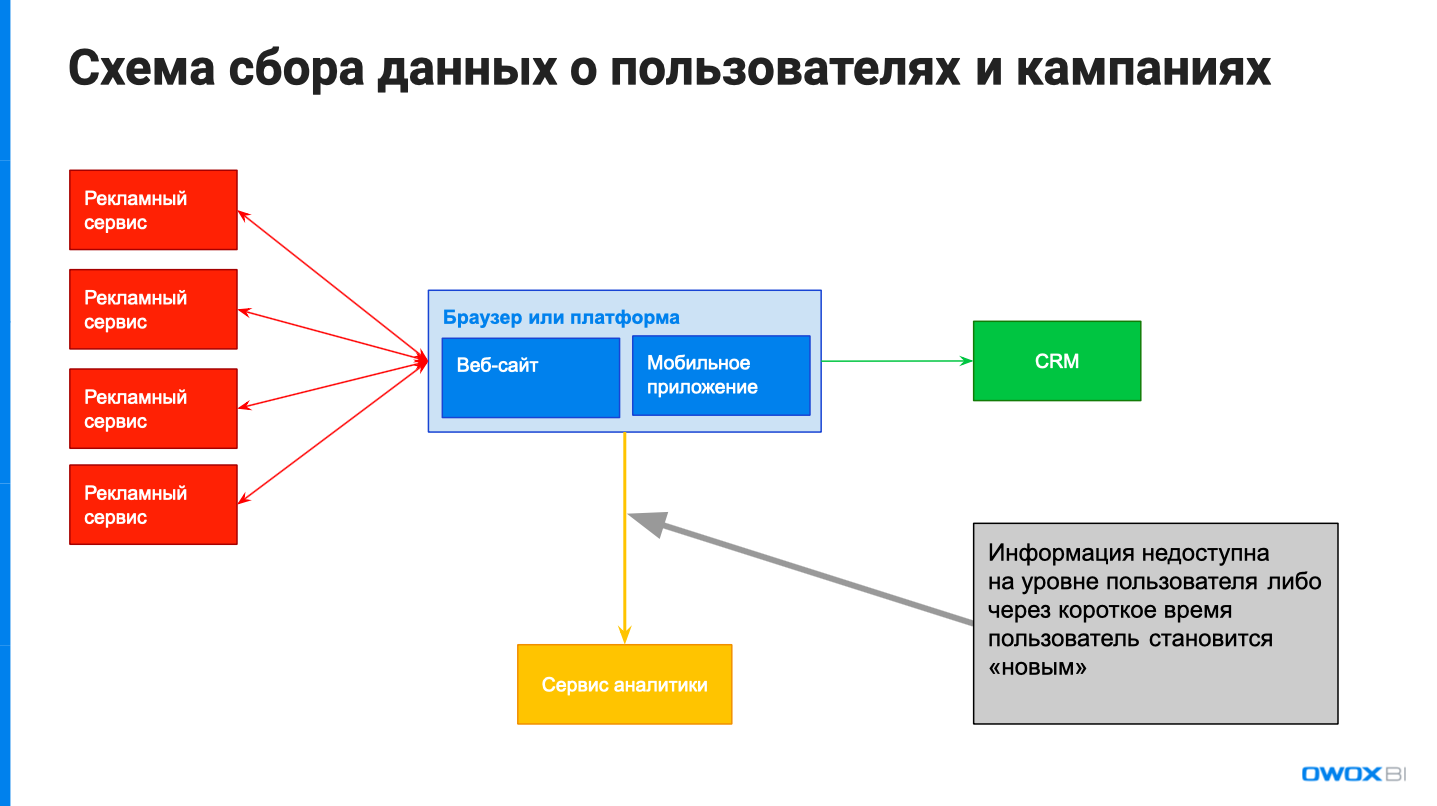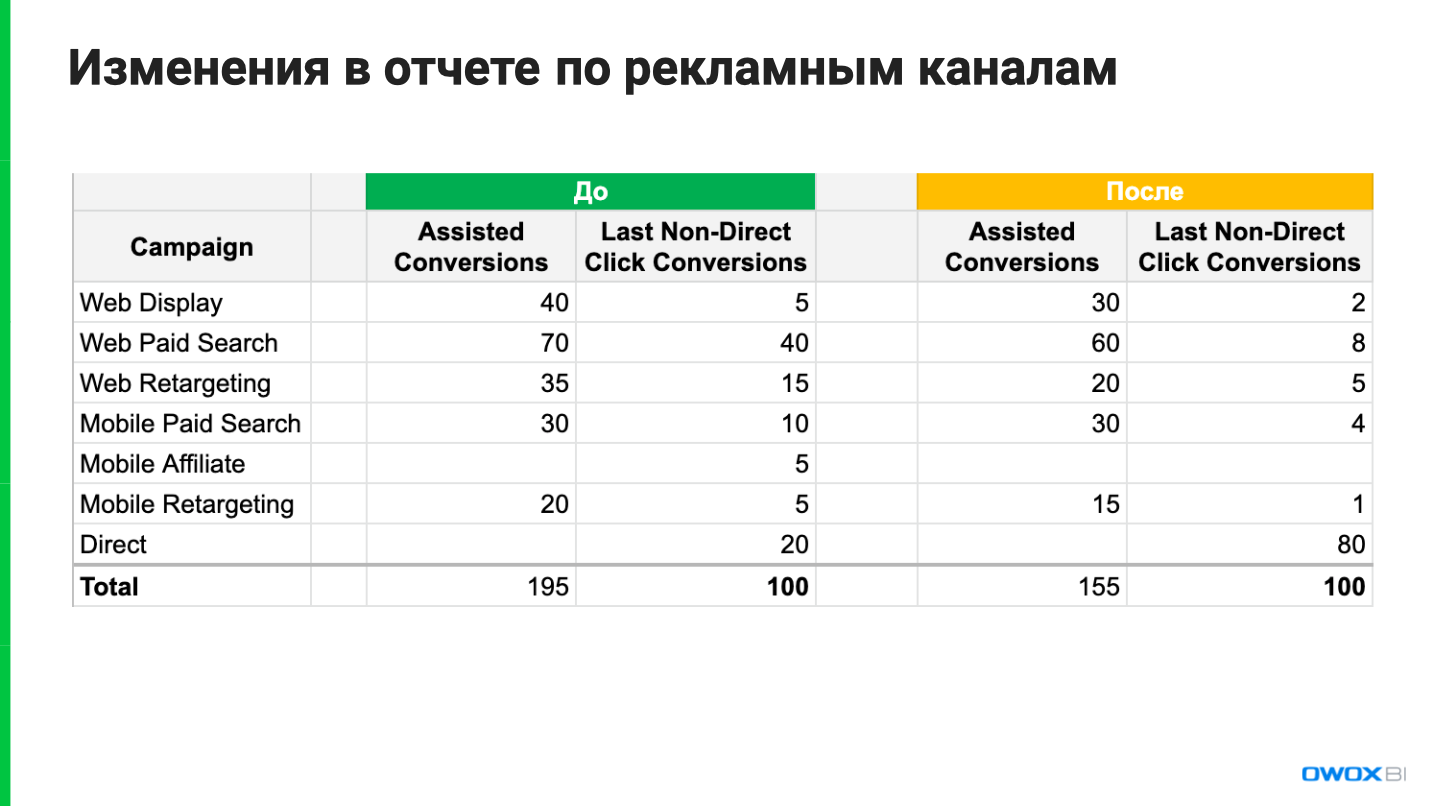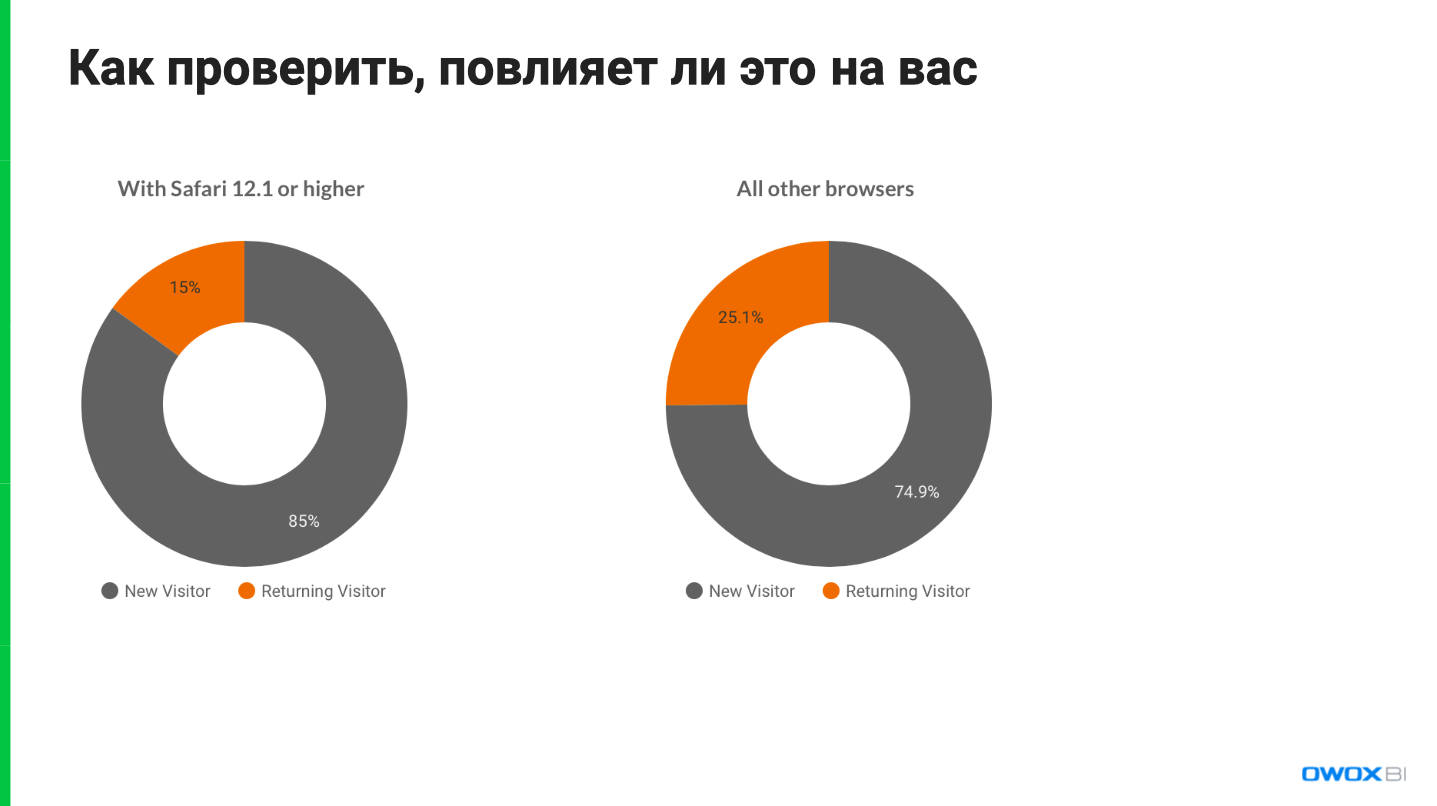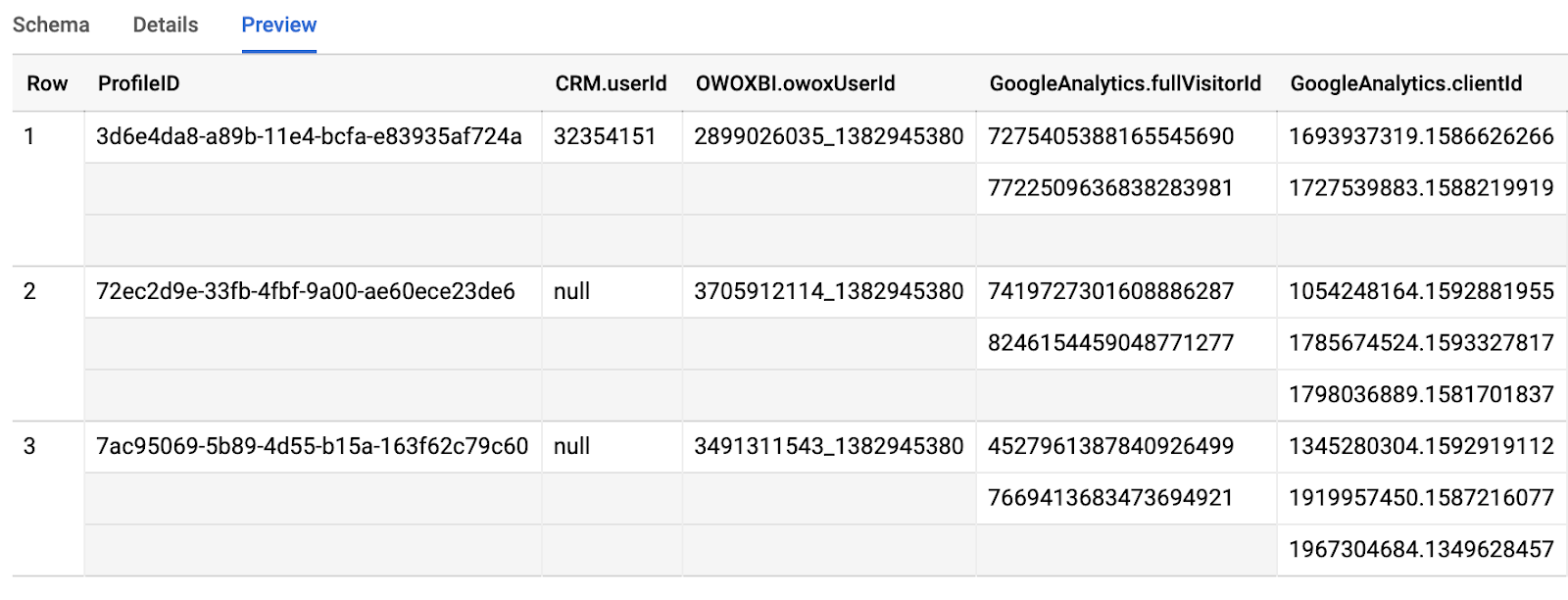In recent months, there has been a lot of talk about cookies and the fact that their lifespan will be much shorter than we are used to. Together with Vlad Flax, CEO of OWOX, we figured out what innovations await us and how marketers can adapt to the new reality.
What's happening?
Browsers start limiting the lifetime of a cookie, ignoring the time set by javascript or the site's server. For example, in Safari, cookies are currently stored for 2 weeks. This means that if a user does not visit the site within 14 days, then on the next visit he will receive a new cookie and can be defined as a new user. In new versions of the ITP 2.2 standard, this limitation becomes even more stringent and for third party cookies (set by third-party services) the lifetime has been reduced to one day. This limits the possibilities for retargeting by third-party sites to one day, during which, if the user does not interact with the site again, the cookies will be deleted.
The second block of changes relates to user-level restrictions on campaign tracking. Previously, services could upload data to a specific user. This feature is currently unavailable and is one of the limitations for classroom purchases, FTP advertising and user cohort analysis.
Third, iOS, Android and browser platforms restrict tracking at the user level. For example, iOS restricts the use of IDFA , which is the equivalent of a cookie for Apple devices. The limitation will come into effect from the beginning of 2021 and will be that the use of IDFA within the mobile application will be disabled until the user explicitly consents to the collection and storage of data. We can assume that the percentage of users who dig so deeply into the settings will be small. And without this identifier, all actions that the application can send will not be associated with a specific device.
In addition, even a limitation in the use of User Agent in Google Chrome is now being discussed , which will make it impossible to use Fingerprint techniques.
What are the alternatives?
Google Ads Data Hub, , Google, , .
Apple – SKAdNetwork, , . , , , . , , 100 , , .
. , , . , , .
, CRM , , . , . . , , , iOS, IDFA, . IDFA, , .

, , – cookie, -, . , , direct, cookie.
, , Google Analytics Google Ads Firebase . .. , , , . . , .
«» . , , - , cookie.
direct , . , , , , . , .
. , , , .
, , , , .
. , , , , .
«». , . , .
. , , , .
. , . , , – CTR, CPA.
Look-a-like , , , third party cookie. third party cookie , , Google, cookie . Google, Facebook Walled Garden , reteo ( ). Look-a-like .
. , , , . post-back . , . Google, Facebook , , , , .
:

. , , . , , . 100, – 195, .
? , . , , , . , direct . , . - , - . , .
,
(, Facebook Ads ), , .
Walled Garden ( Google, Facebook ), , , , , .
, , .
- , , .
,
Orange Valley , , . Safari . , 10% , , , cookie.

– first party second party .
First party – , , . Second party – , , , .
, Marketing Data Lake. , , . , , , , , CRM, .
. – , , . – . , , . , UserAgent FingerPrint.
Data Lake . utm- . . , Facebook Ads 200 .
. , IDFA cookie, .
cross-device matching. . , . , , , . , , , . , , cross-device cross-browser.
. ProfileID – , Google Analytics 360 ( GoogleAnalytics.fullVisitorID) Client ID ( GoogleAnalytics.clientId).

. , , , . - , .
cross-device . , . , , ( , CRM) . .
cross-device . , , . . , . , cross-device , , .
-. – . , , . , – - , . – .
This is how the data collection and movement scheme might look if you collect them from a mobile application (AppsFlyer), a website (Google Analytics), connect the Ads Data Hub as a tool for combining data on advertising campaigns; connect the collection of data from other ad offices using a connector, add data from CRM and build reports and attribution based on this.

Let no updates catch you by surprise and may the force data be with you!